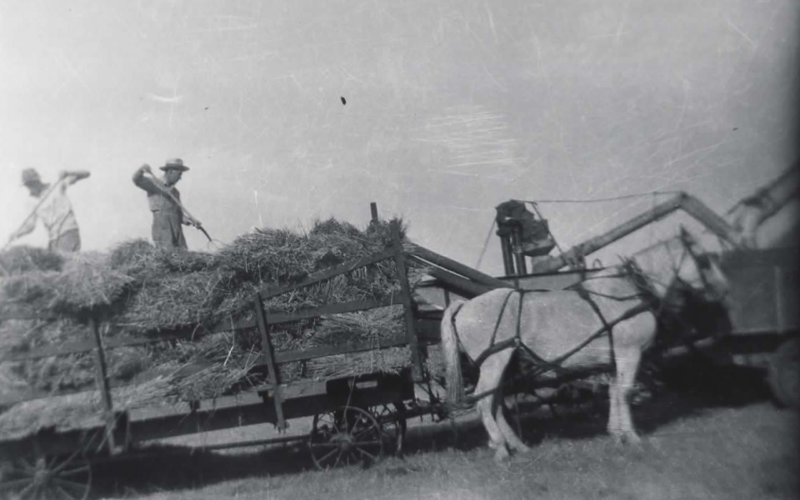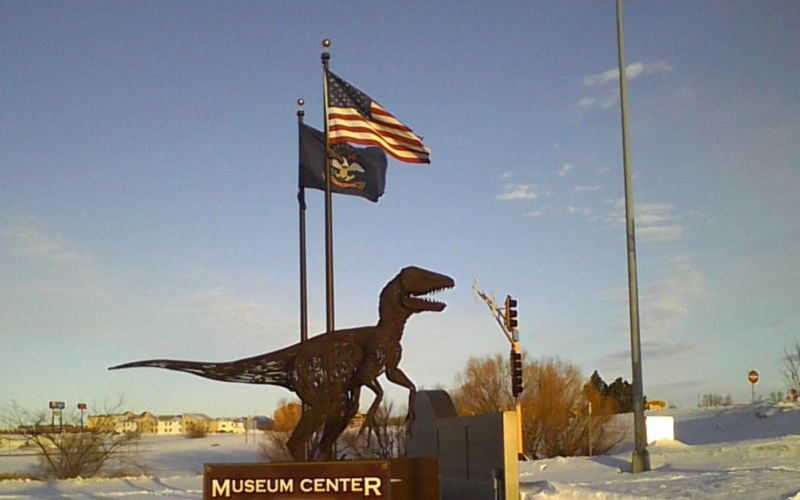
The Yellowstone Trail, 1918, from https://en.wikipedia.org/wiki/Yellowstone_Trail
One of the most interesting things about writing in the steampunk genre is doing historical research. Real history is more than just boring names and dates and the doings of kings and presidents. It’s about the way that ordinary people lived and how their lives changed over time. My grandparents were born around the turn of the twentieth century, and how different things were then! In those days, indoor plumbing was a luxury and electric power was an innovation found only in major cities.
Travel is a major element in my books, so I’ve researched the history of various modes of transportation. In Victorian times, the horse-drawn carriage was still a major mode of transportation. The automobile was new on the scene, and transcontinental highways did not exist. The most efficient and convenient way to travel was by rail. Another staple of the steampunk genre is the airship, though that kind of travel didn’t actually become common until after 1910.
My novel Fidelio’s Automata and our two Ione D books both take place in the late Victorian Era or the Gilded Age as it was known in America. At the time, roads between cities were not much more than wagon trails. Fidelio and Ione both make journeys by automobile and encounter significant difficulties on the way.
In real life, the first cross-country highways in America were privately-run projects, starting in the early 1910’s. One of the most famous was the Yellowstone Trail, begun in 1912 by South Dakota businessmen to promote tourism from the East to Yellowstone National Park. Another factor was the newly invented bicycle, which required a smooth surface for riding. Cycling groups formed the core of the Good Roads Movement, which was instrumental in improving and extending many existing roads. Cyclists also lobbied state governments to allocate money to build new highways. New Jersey was one of the first to do so. In the 1890’s, gas-powered automobiles appeared, providing further impetus for the movement to spread to other states.
At the time, cross-country driving was still a major undertaking. Roads would turn into quagmires of mud, sand, and clay with every rainstorm. Major rivers such as the Missouri did not have bridges, requiring drivers to take a ferry across. Passes through mountainous areas could be particularly treacherous. In 1926, the US Highway System was created, a system of numbered cross-country roads. From then on the system was extended and improved, leading to the Interstate Highway System, begun in 1956. For those of us who grew up with the automobile, it’s difficult to imagine how different it was for the first hardy souls driving their horseless carriages in the early days of the twentieth century. Every journey was also an adventure.
Other references:
https://en.wikipedia.org/wiki/Horatio_Earle (Father of Good Roads)
http://sddot.com/transportation/bridges/docs/Missouri_River_Bridges_1920.pdf




































As a kid I love to travel all over Arizona. Where have you car traveled?